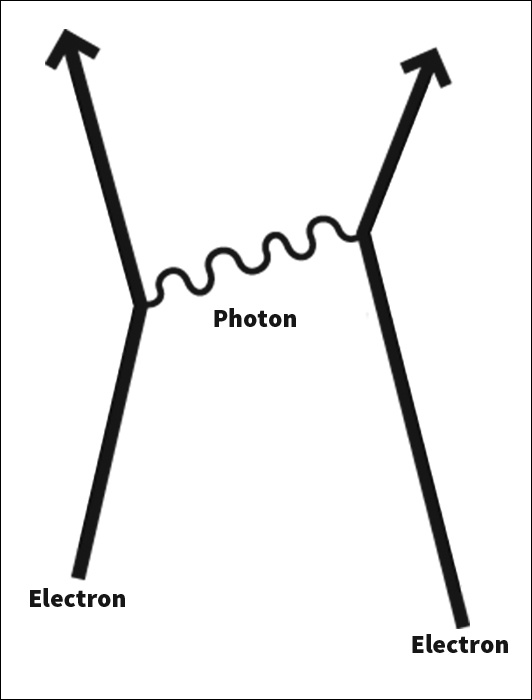Feynman << FYN muhn >> Richard Phillips (1918-1988), an American physicist, shared the 1965 Nobel Prize in physics with Julian S. Schwinger of the United States and Sin-Itiro Tomonaga of Japan. Working independently, the three men developed an improved theory of quantum electrodynamics (QED) in the late 1940’s. QED is the study of the interaction of electrically charged subatomic particles (pieces of matter smaller than atoms) and electromagnetic radiation, such as light. Feynman also developed a method of using diagrams to picture elementary particle interactions. Feynman diagrams became a standard calculation tool in physics because they simplify the difficult calculations of a field of study called quantum field theory. See Quantum field theory.

Feynman was born on May 11, 1918, in Far Rockaway, a suburb of New York City. He earned a Ph.D. degree from Princeton University in New Jersey in 1942. From 1942 to 1945, he worked on the atomic bomb project, first at Princeton and then at Los Alamos, New Mexico. See Manhattan project.
Feynman became a professor of theoretical physics at Cornell University in Ithaca, New York, in 1945. He served on the faculty of the California Institute of Technology in Pasadena from 1950 until his death in 1988. Feynman told of his experiences in Surely You’re Joking, Mr. Feynman! (1985). Feynman served on the presidential commission that investigated the 1986 accident that destroyed the space shuttle Challenger. He died on Feb. 15, 1988.
See also Quantum field theory; Schwinger, Julian Seymour; Tomonaga, Sin-Itiro .
